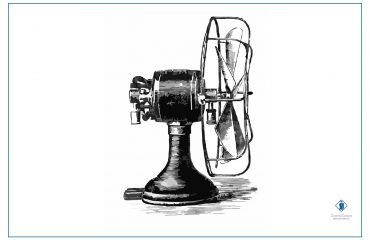What are the types of air conditioning systems?
In the article What is air conditioning, we got acquainted with what and the components of air conditioning system. Now we can assign types to these systems depending on the performance of each component. This means that by changing the function and properties of each of the said elements and components, another model and type of air conditioning system is determined. In fact, in other words, we can consider several categories for different types of air conditioners:
Types of air conditioning in terms of temperature
- Refrigeration systems, such as chillers, air conditioners and splits
- Heating and heating, including radiators and wall packages
- As well as two-season systems with two functions, such that one system is both thermal and refrigeration.
Types of air conditioning systems based on coil performance
Accordingly, systems are divided into two main categories of cooling and heating.
Classification of air conditioning systems in terms of fluid type
This division, which is again related to the performance of the coil in the delivery section, is done in terms of the type of fluid:
Air-to-air fluid ventilation system
In an air-to-air conditioning system, only air flows in the ducts between the device and the environment, and no pipes are needed to transfer water, as there is no water flowing between the system and the environment. One of the main problems in dealing with this type of system is the high volume of space required to allocate to this complex. For this reason, air-to-air fluid systems are usually installed farther away from the intended ventilation environment.
Water-to-water fluid ventilation
The fluid air conditioning system transmits the heating or cooling effect from the source to space through hot and cold water through water or all water. In fact, in this system, water carries heat and is heated in a boiler and leads to the delivery section. To cool the environment, cold water is introduced from the chiller to the coils, then the wind blower passes through the coil to transfer the cold wind. One of the disadvantages of whole water conditioning is its weakness in affecting the humidity of the environment. But in contrast to the best advantages of the all-water system is the low volume of space required to allocate to the air conditioning system.
Water-to-air or air-to-water fluid ventilation system
Finally, the water-to-air or, conversely, air-to-water system typically provides water heating and air cooling. The amount of air in the flow required for this ventilation system is usually 10% of the amount of air required for the whole air system. In this ventilation system, water can be heated to different degrees. Lower temperatures, around 70 to 90 degrees, are more suitable for residential and smaller buildings. But for large towers and large buildings, water needs to be up to 180 degrees; This is because the water in the pipes drops in temperature along the way and has lost some of its heat by the time it reaches its destination.
Classification of air conditioning systems based on the installation location and size of the device
Another category of ventilation systems goes back to the installation site and their scale: local, regional and central.
The local air conditioning system
The local type of air conditioning system is considered in its place and covers the whole place and is self-sufficient. In this type, a system is used for an area.
Zone ventilation system
The regional type of air conditioning system covers several areas and one system is used for several areas.
The central air conditioning system
The central type of air conditioning system is also done to control the ventilation of several spaces by the main controller in a room. This master room, which contains the mother system, may be far from the intended spaces, but it covers them all.

 English
English  فارسی
فارسی 



